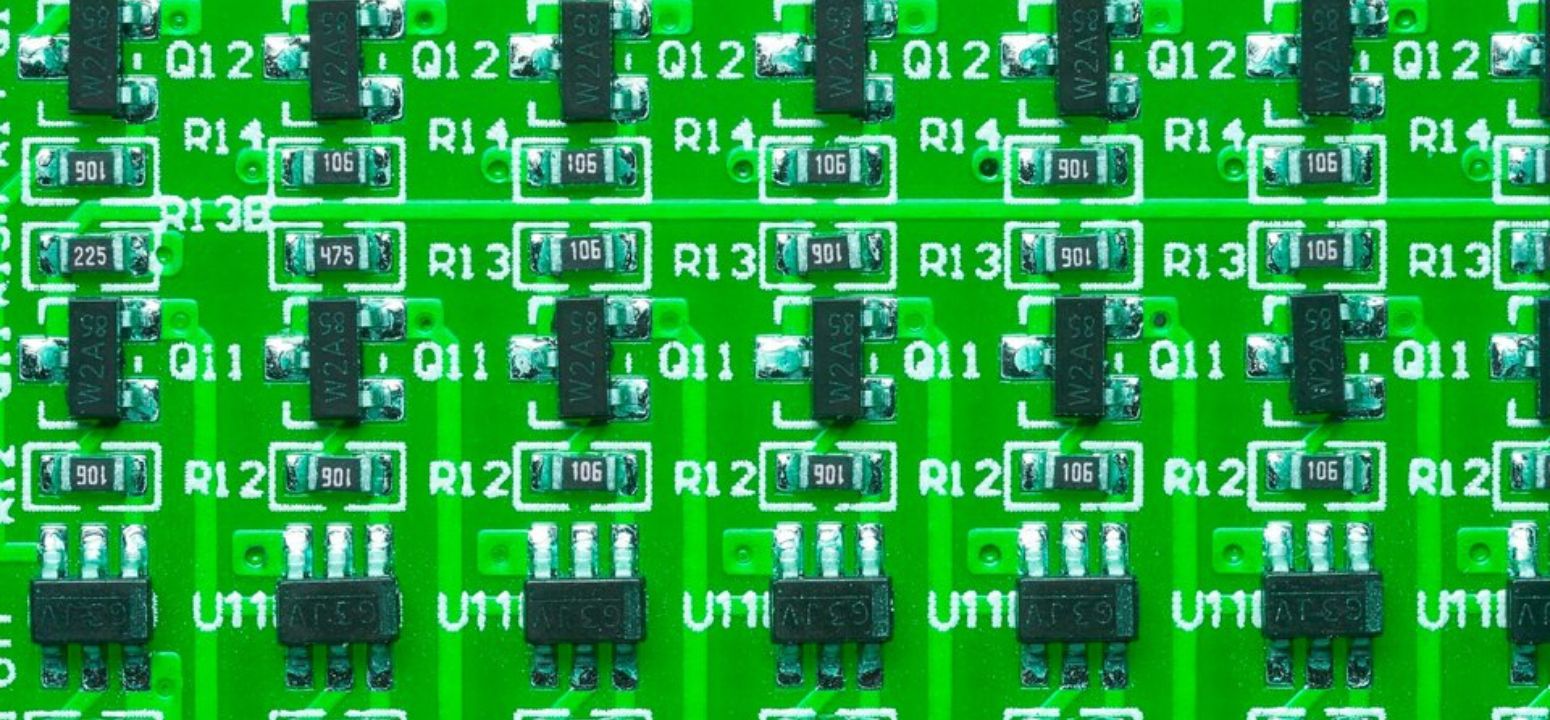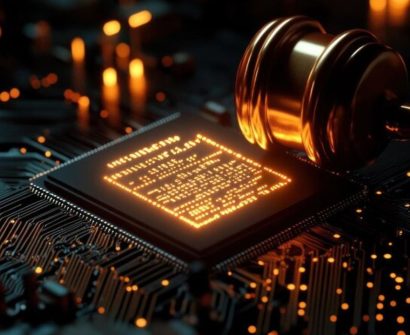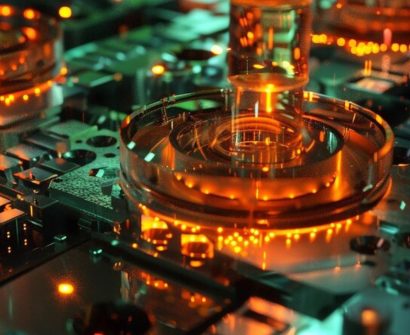
A Complex Programmable Logic Device (CPLD) is an integrated circuit that allows designers to implement custom logic functions and digital circuits. It provides more flexibility and complexity than simpler programmable devices, such as Programmable Logic Arrays (PLAs) and Programmable Array Logic (PAL) chips. However, it is not as complex or resource-heavy as a Field Programmable Gate Array (FPGA). Understanding CPLDs is essential for anyone involved in digital design and embedded systems.
In this blog, we’ll explore the features, applications, and advantages of CPLDs.
Key Features of Complex Programmable Logic Device (CPLD)
CPLDs are designed to provide custom digital logic functionality without the need for traditional hardwired components. Here are their key features:
- Programmability: CPLDs allow you to program specific logic functions, offering high versatility for various applications. The logic configuration stays permanent unless reprogrammed.
- High Integration: CPLDs integrate multiple logic functions and gates into a single chip, allowing for more compact designs.
- Non-volatile Memory: CPLDs store their configuration even when powered off, ensuring the device retains its settings.
- Faster Logic Processing: CPLDs are optimized for high-speed processing, handling complex logic operations efficiently.
- Ease of Use: CPLDs come with user-friendly programming tools that enable engineers to implement digital logic circuits without requiring extensive hardware knowledge.
How Complex Programmable Logic Device (CPLD) Work
CPLDs consist of logic blocks interconnected by programmable resources. These blocks execute a wide range of logic functions like AND, OR, XOR, and more. The device operates using a combination of hardware and software that defines the connections between the logic blocks.
Unlike FPGAs, which contain a larger number of logic elements, CPLDs suit smaller designs, such as simple state machines, glue logic, and interfacing between system components. Their architecture makes them ideal for applications that require speed, power efficiency, and moderate complexity.
CPLD vs. FPGA: What’s the Difference?
Both CPLDs and FPGAs implement digital logic circuits, but they differ in complexity, performance, and ideal use cases.
- Complexity: FPGAs handle larger, more complex designs, such as processors and high-speed circuits. CPLDs are better for smaller applications with simpler logic needs.
- Size and Power Consumption: CPLDs tend to consume less power and are smaller than FPGAs, making them more suitable for power-sensitive applications.
- Speed: FPGAs are faster and handle high-speed tasks better. CPLDs are designed for faster configuration and smaller logic operations.
In short, FPGAs are best for complex designs, while CPLDs suit simpler, low-power tasks.
Applications of CPLDs
CPLDs are used in various industries, including consumer electronics, automotive, industrial automation, and telecommunications. Common applications include:
- Glue Logic: CPLDs serve as glue logic devices, connecting different components in a digital circuit and ensuring compatibility.
- Data Path Optimization: CPLDs optimize data paths in systems, providing routing and control functions.
- Microprocessor Interface: CPLDs interface microprocessors with peripherals, such as memory, input/output devices, and sensors.
- Signal Processing: They handle signal multiplexing, demultiplexing, and clock division in signal processing applications.
- Embedded Systems: CPLDs are widely used in embedded systems that require low power and moderate complexity.
- Prototyping: Engineers often use CPLDs to prototype digital circuits before committing to custom IC designs.
Advantages of CPLDs
- Low Power Consumption: CPLDs use less power, making them ideal for energy-efficient applications.
- Fast Turnaround Time: The configuration of CPLDs is quick, which speeds up design iterations, especially during prototyping.
- Cost-Effective: CPLDs are generally cheaper than FPGAs, making them a cost-effective option for small to medium projects.
- Integration: By integrating several logic functions into one chip, CPLDs reduce the need for external components, simplifying the design.
- Non-Volatility: Non-volatile memory ensures CPLDs retain their configuration even after power cycles, which is crucial in many embedded systems.
Conclusion
CPLDs strike a balance between flexibility, power efficiency, and performance for digital logic designs. They are perfect for applications that require moderate complexity, low power, and compact size. While not as powerful as FPGAs, CPLDs are great for simpler digital circuits that still require programmability and fast prototyping.
If you’re designing embedded systems, digital circuits, or need glue logic, CPLDs offer an efficient and cost-effective solution. Their simplicity and speed make them a valuable tool for engineers.
Also Read : fpga architecture in vlsi
To know more about VLSI Course , SuccessBridge VLSI training institute. You can begin your VLSI career by enrolling in the placement-assisted live courses available at SuccessBridge We offer various VLSI online courses. We offer VLSI Physical Design course, Design Verification course, DFT Training , Chip design course many more. Explore VLSI Courses From The Leaders In VLSI Training
FAQs
- What is the main difference between CPLD and FPGA?
- CPLDs are designed for simpler, smaller logic tasks, while FPGAs handle more complex designs with larger logic capacities.
- Can CPLDs be reprogrammed?
- Yes, CPLDs are programmable and can be reconfigured for different logic functions.
- What are some common CPLD manufacturers?
- Popular CPLD manufacturers include Xilinx, Altera (Intel), and Lattice Semiconductor.






